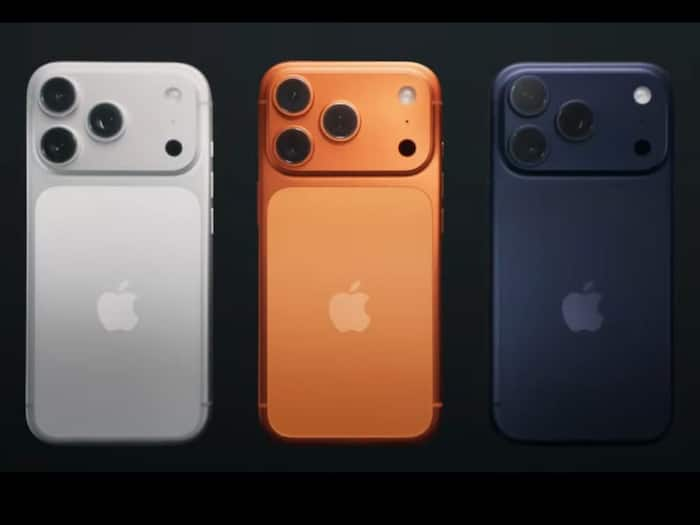
Written By Divya
Published By: Divya | Published: Oct 18, 2025, 12:27 AM (IST)

Apple’s iPhone 17 series has recently hit the stores, but it’s the 2026 lineup – the iPhone 18 Pro and 18 Pro Max – that’s already grabbing attention. According to recent industry reports, Apple is preparing a major camera upgrade. Reports from Korea suggest that Apple is finalising plans to add a variable aperture system to the main camera of the iPhone 18 Pro series. In simple terms, this means the camera will be able to adjust how much light enters the lens, depending on your surroundings. Also Read: iPhone 17 Wi-Fi Outperforms Android Flagships Despite Missing Key Wi-Fi 7 Feature: Ookla
So, whether you’re clicking pictures under bright sunlight or in a dimly lit café, the camera will automatically adapt to give you the best possible shot – something that fixed-aperture cameras can’t do as effectively. Also Read: 6 Best Compact Phones For One-Hand Use In 2025
Interestingly, this variable aperture setup will only be used in the main wide-angle lens, while the ultra-wide and telephoto cameras will stick to a fixed aperture for now.
Apple is reportedly working with LG Innotek and Foxconn to produce the new camera system. The tiny actuator that controls the aperture movement will likely come from Luxshare ICT and Sunny Optical, both known Apple suppliers.
This is Apple’s first real step toward bringing DSLR-like control to iPhone photography. Samsung tried something similar years ago with its Galaxy S9 and S10, but dropped the feature later due to cost and design challenges.
A variable aperture gives users more control over light and focus. In low-light shots, a wider aperture (like f/1.4) lets in more light, making the photo brighter. In bright scenes, a smaller aperture helps avoid overexposure.
But there’s more – changing the aperture also affects depth of field. That’s the difference between a background that’s beautifully blurred (bokeh) and one that’s sharp throughout. Right now, Apple simulates this blur using software. With variable aperture, that effect would become far more natural.